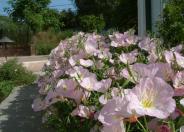
Common name:Pink Mexican Evening Primrose
Botanical name:Oenothera speciosa 'Rosea'
Oenothera speciosa 'Rosea' is a perennial groundcover. It grows 10"-12" high, with profuse showing of 1.5" wide rose pink blooms in summer. Flowers open in daytime and stems die back after bloom. It can be highly invasive.
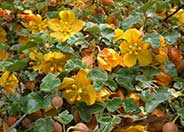
Common name:El Dorado Gold Fremontia
Botanical name:Fremontodendron 'El Dorado Gold'
This low-mounding shrub has small, green leaves with yellow orange flowers that bloom in spring.
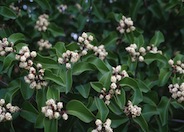
Common name:Sugar Bush
Botanical name:Rhus ovata
This dense, rounded evergreen shrub grows 8'-15' tall and wide, with creamy flowers between March and May. The shrub bears small red fruit. It grows well in inland areas and is drought tolerant. The foliage is leathery and rich looking and dark green in color. It needs additional water in low desert areas every 2 weeks or plant in area with afternoon shade. It needs a well drained site. It is susceptible to verticillium wilt in wet areas.
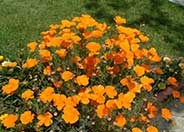
Common name:California Poppy, Golden Poppy
Botanical name:Eschscholzia californica
This small annual (sometimes acts as a perennial) plant will grow to less than 1' tall and has light, small blue green leaves with gold and orange flowers that bloom in spring and summer.
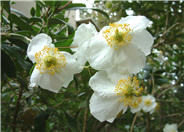
Common name:Bush Anemone
Botanical name:Carpenteria californica
This California native is a dense, clean evergreen shrub that grows 4-8' high and 5' wide. It is tolerant of sun or shade. It has white fragrant flowers from May through August.
-Cornflower Farms
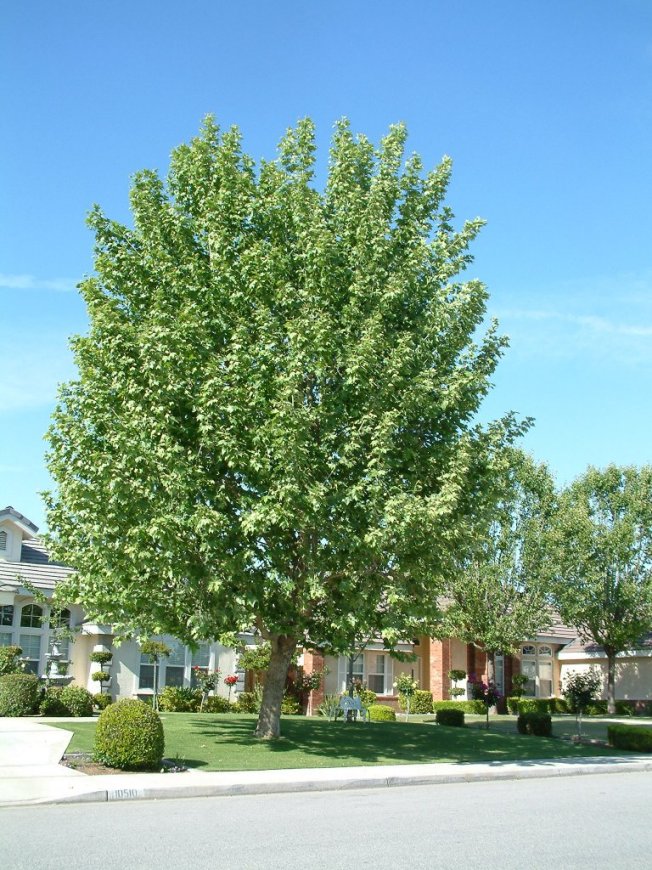
Common name:California Sycamore
Botanical name:Platanus racemosa
The California Sycamore is a fast growing deciduous tree that reaches up to 40'-50' high. It tolerates heat, smog, and drought conditions as well as moist conditions; it is native to riparian areas. It has interesting mottled bark when the tree is bare in winter.
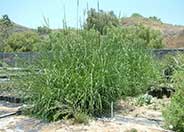
Common name:Giant Wild Rye
Botanical name:Leymus condensatus
This prominent, tall native grass does not make its way into traditional residential landscapes but can be used very effectively in a native or natural garden. It reaches heights of 6'-8' when blooming and will clump to 4'-5' wide. It requires supplemental water to remain green in the summer. Too much water will cause the grass to decline significantly. It can be pruned annually to promote new, more attractive growth. Tall grasses are highly combustible.
Designer: Geoff Sarkissian
Photographer: GardenSoft
Incorporate compost 6" into your soil to retain water, reduce compaction, feed earthworms, and provide valuable nutrients to your plants.
Remove irrigation water and fertilizer from areas where you don't want weeds to grow.